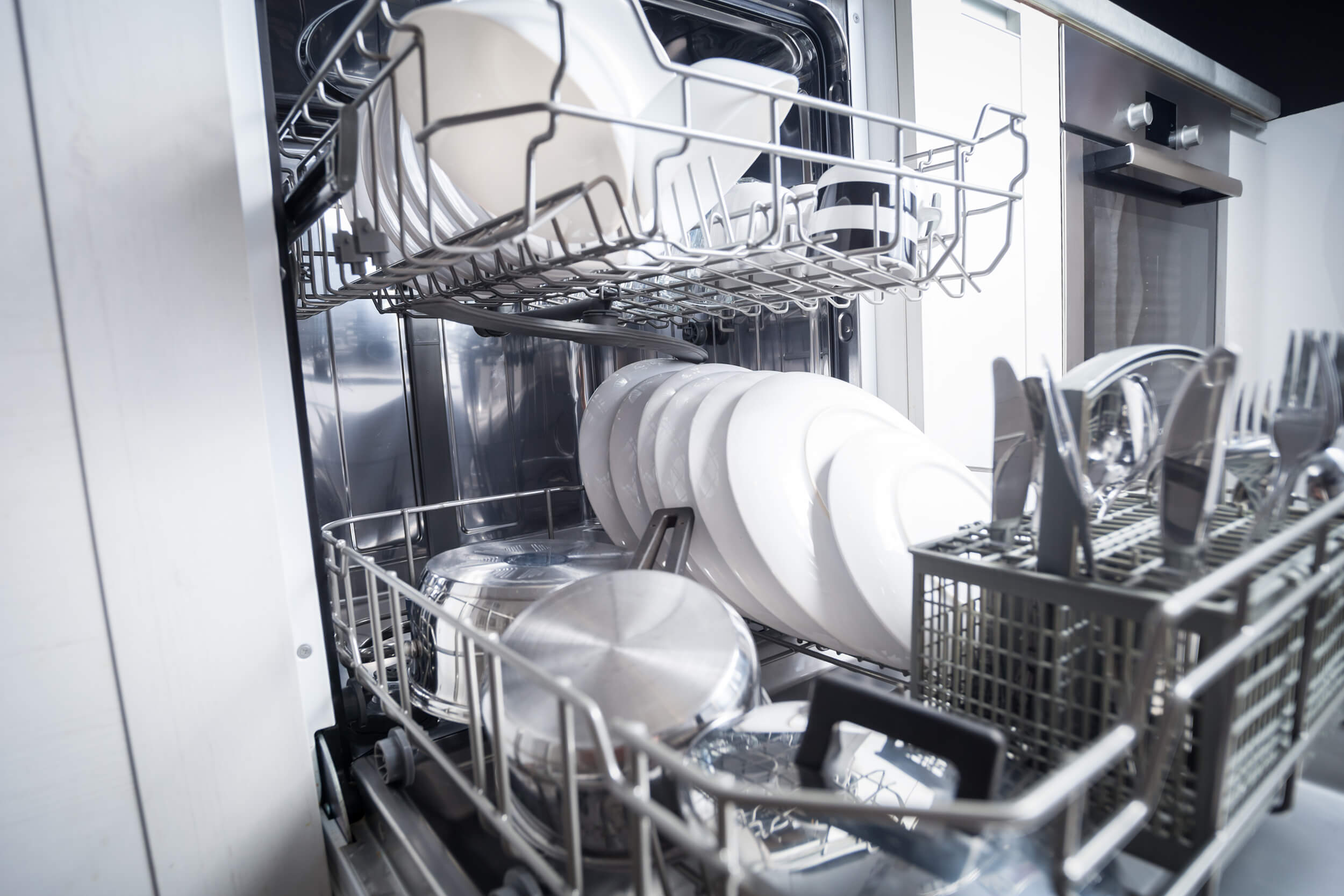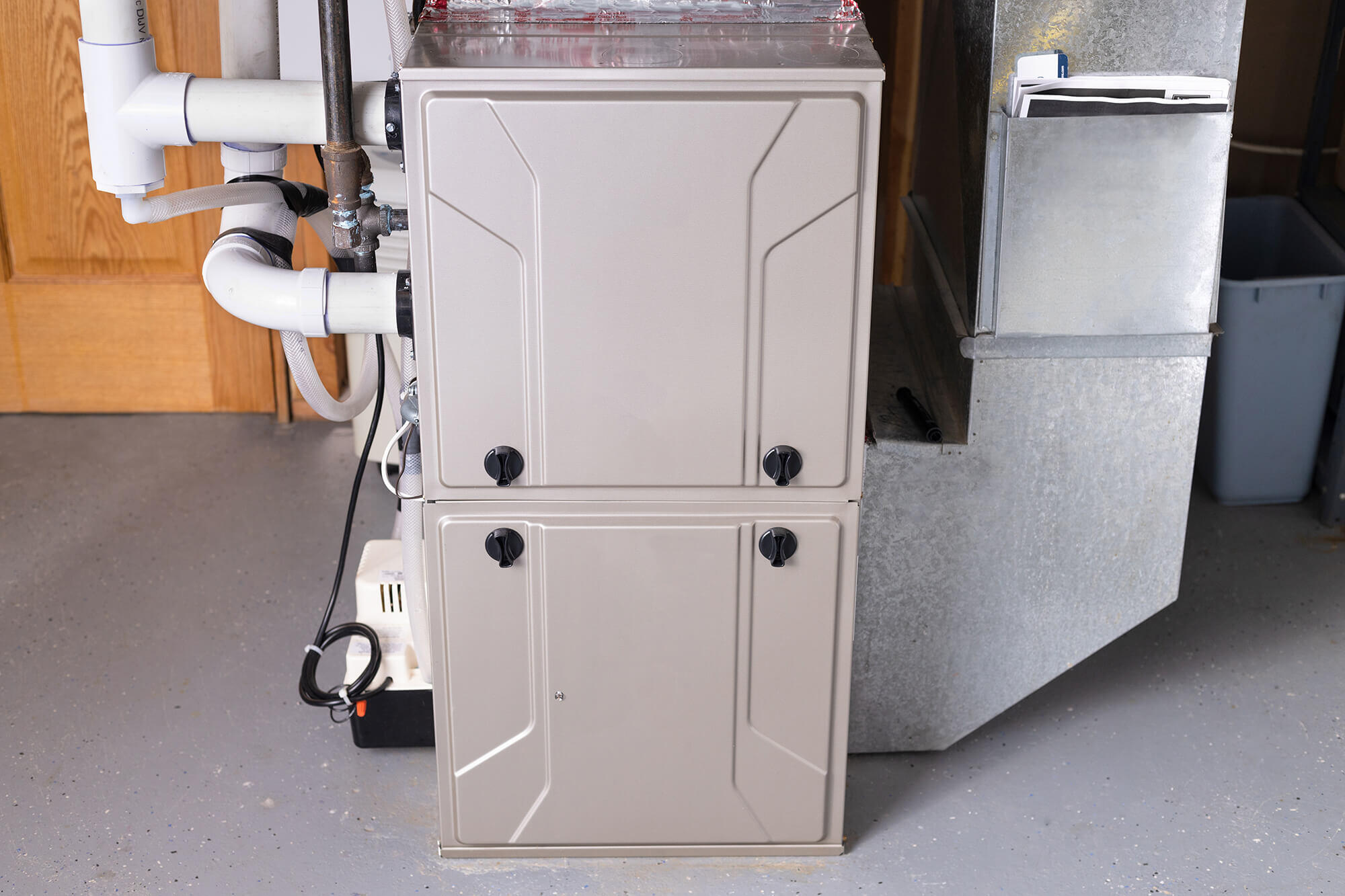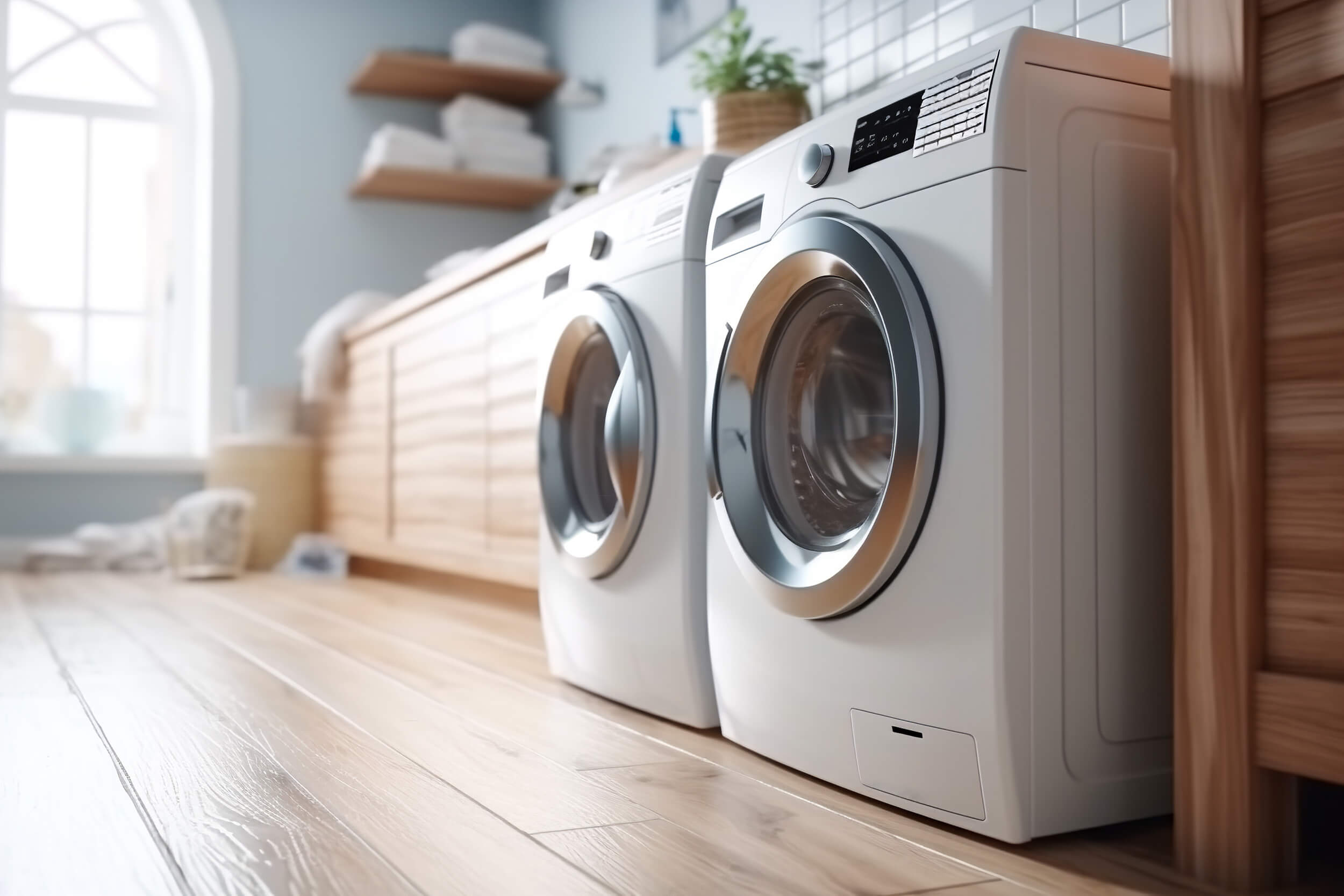Contact: Ben Somberg, 202-658-8129, bsomberg@aceee.org

Washington, DC—A resolution passed by the U.S. Senate today to block updated energy efficiency standards for commercial refrigerators and freezers will raise costs for restaurants, convenience stores, and supermarkets—costs that will be passed on to consumers. It will also waste scarce electric grid capacity to run inefficient products.
“This is going to raise overall costs for grocery stores and restaurants, and those costs can be passed on to their customers,” said Andrew deLaski, executive director of the Appliance Standards Awareness Project. “Most new equipment models already meet these standards, so this vote was about keeping particularly inefficient stuff on the market. We need more electric grid capacity, and this really does not help.”
The resolution was previously passed by the House of Representatives and now heads to the president’s desk.
Almost half of food stores’ electricity use is for refrigeration—including the equipment at issue—according to federal data. The Department of Energy (DOE) updated the efficiency standards for commercial refrigeration equipment in January.
The standards were set to save businesses $4.6 billion on utility bills (from the use of products sold over 30 years), DOE estimates. Savings on electricity bills would far exceed any increase in upfront costs, with utility bill savings offsetting those costs within 3.5 years on average (the average expected product lifetime is about 12–14 years depending on the product type).
The standards set strengthened efficiency levels for a range of commercial refrigerators and freezers. Most models on the market today, totaling more than 12,000 unique products, already meet the standards, which were scheduled to take effect in 2029.
Commercial refrigeration standards had last been updated in 2014. DOE was required by law to finalize new standards (if cost-effective) by 2022. More information about the commercial refrigeration equipment standards is available in an ASAP fact sheet.
###




